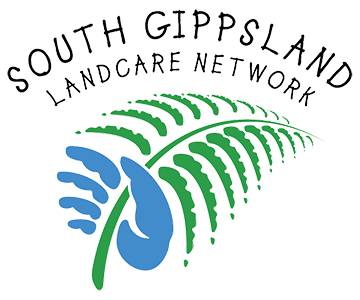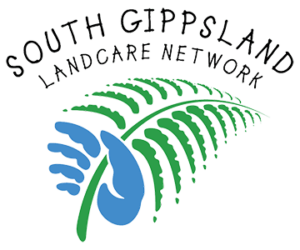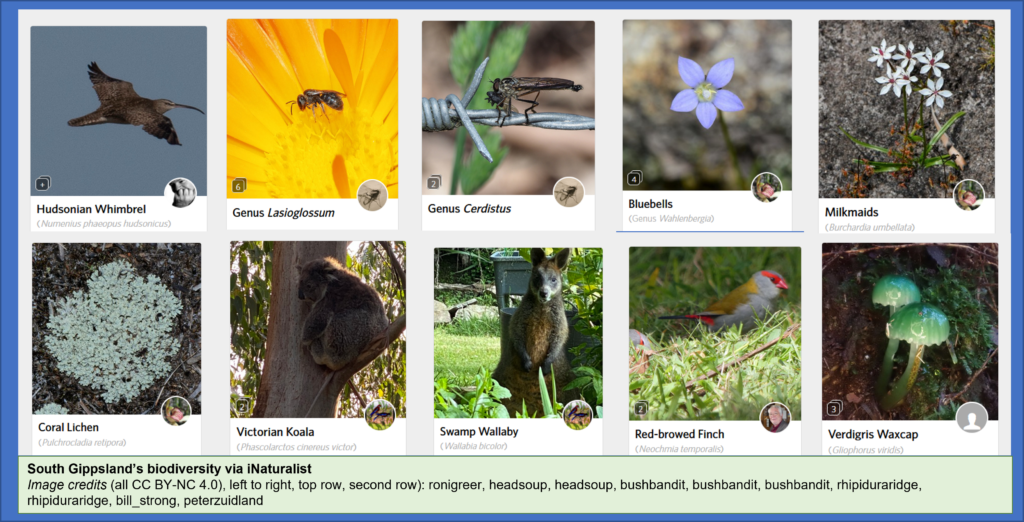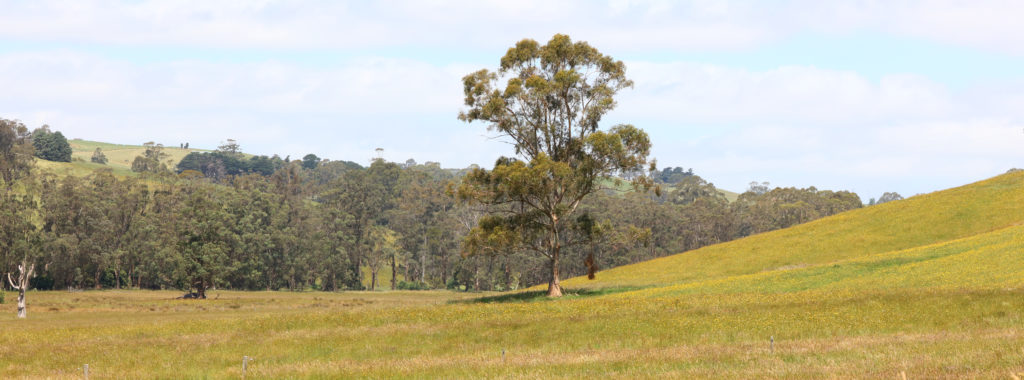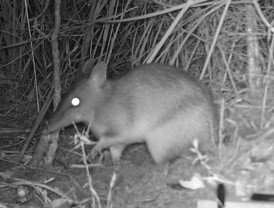In this project, SGLN is looking at the costs and benefits of three different dam management strategies on a farm at Cape Liptrap. This includes a fully fenced and revegetated dam (with troughs reticulated off it), a restricted access dam that is currently being revegetated (with a concrete ramp for cattle access), and an unfenced dam. We are also monitoring water quality and biodiversity in the three different dams, and are sharing what we learned through field days and case studies.
Or read the case study we’ve developed below
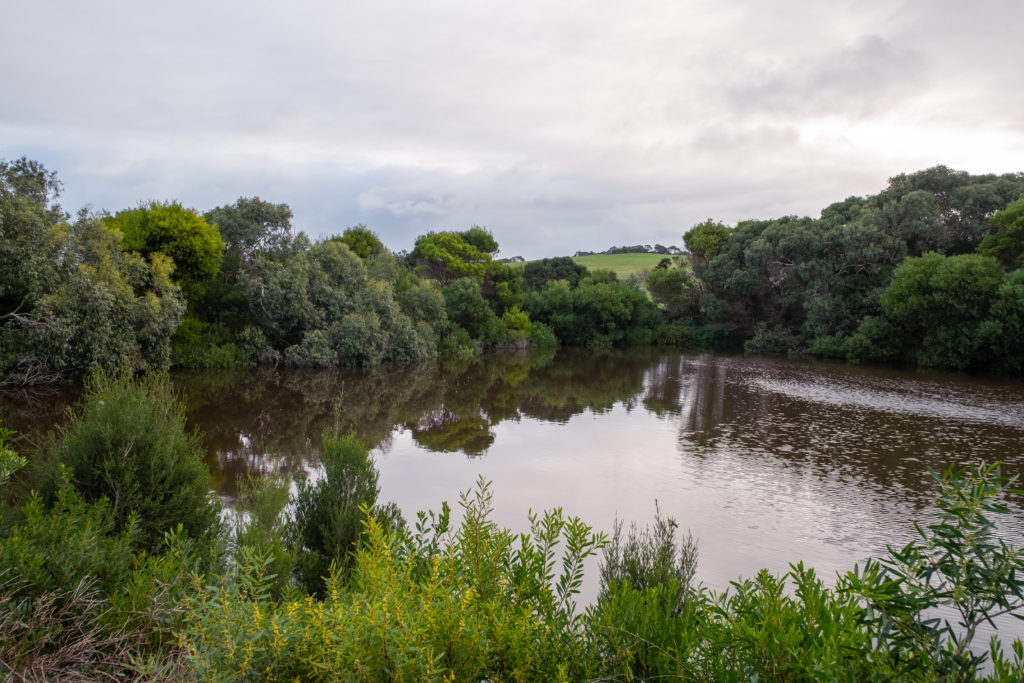
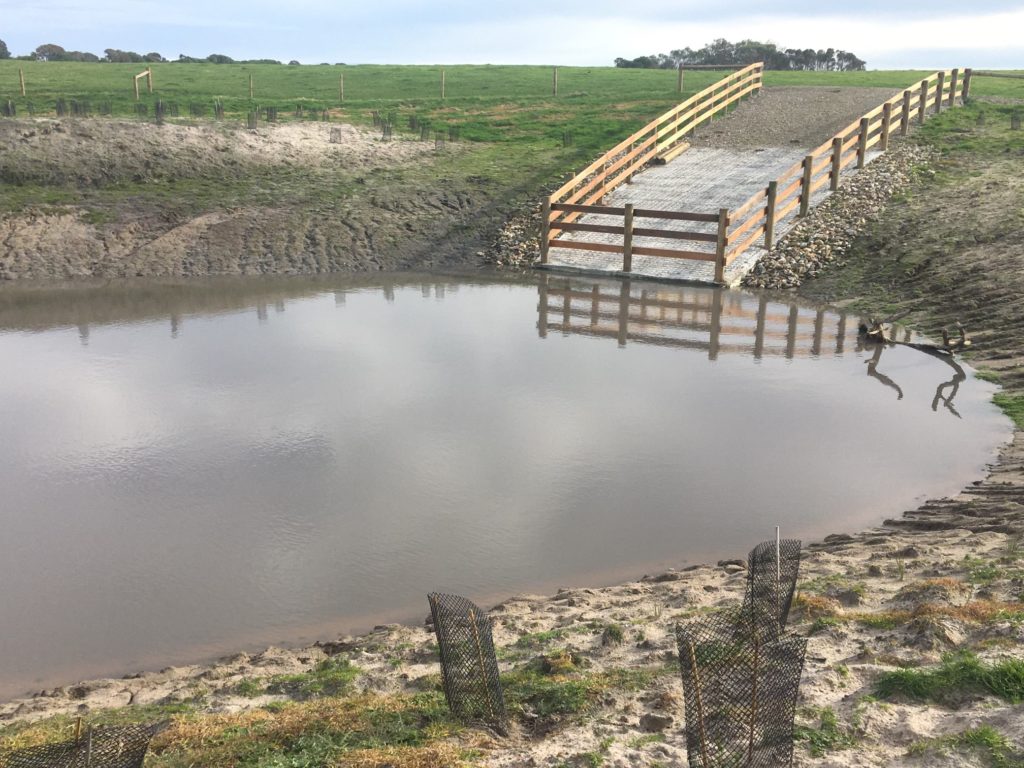
Two field days were held, the second in April 2024. We heard an update from the landholder Jillian Staton, who said said that excluding or restricting stock from dams had delivered significant benefits to the farm business she runs with her husband, Bruce. Top of the list was removing the risk of dam failure caused by erosion, followed by better grazing and stock management. Added bonuses were the increase in birds, frogs and other wildlife, and the fact that researchers considered each of the managed dams suitable to release endangered native fish for conservation. View her presentation below.
Deakin University Senior Lecturer Ty Matthews and students Balin Branch-Spence and Jasper Davis revealed that the managed dams had higher water quality than the dam that was completely open to stock. Their research also showed far greater diversity of macroinvertebrate, bird and frog activity in the managed dams compared with the completely open dam.
Matt Bowler from the West Gippsland Catchment Management Authority shared the inspiring story of a wetland he has restored, and Ecologist David Carew discussed plants that are suitable for growing around dams and wetlands, see more detail including species lists in his presentation below.
At our first field day in May 2023 we heard from Dr Bill Malcolm (University of Melbourne) on costs and benefits, Dr Ty Matthews (Deakin University) on the benefits of dams to biodiversity (especially macro invertebrates and fish), and local vet Dr Phil Poulton on the impact of dam water quality on stock health. See the presentations given on the day below.
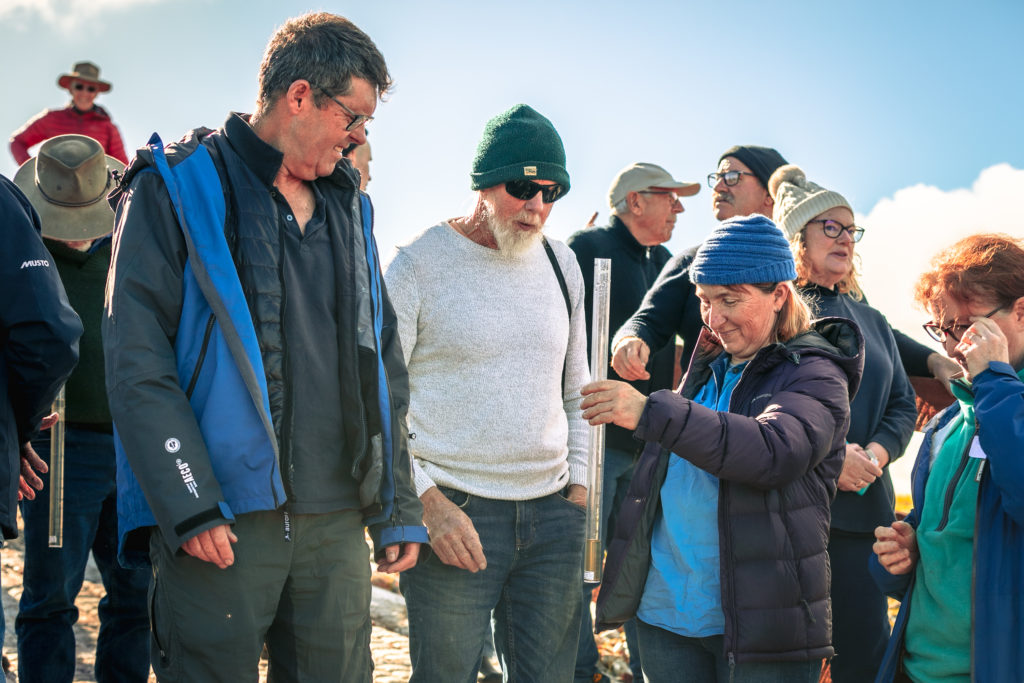
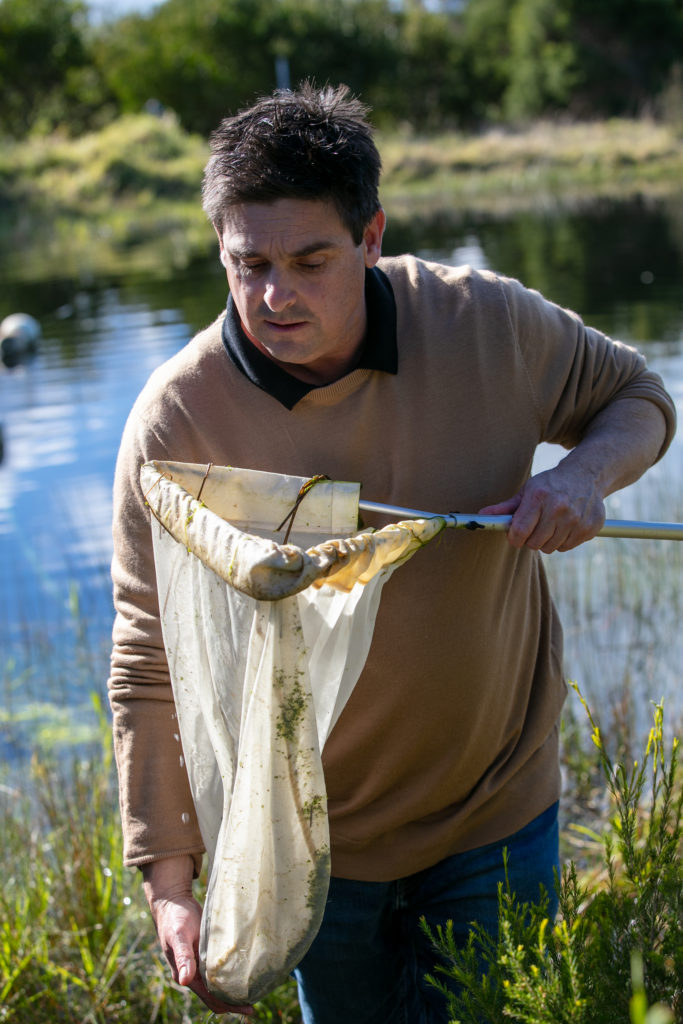
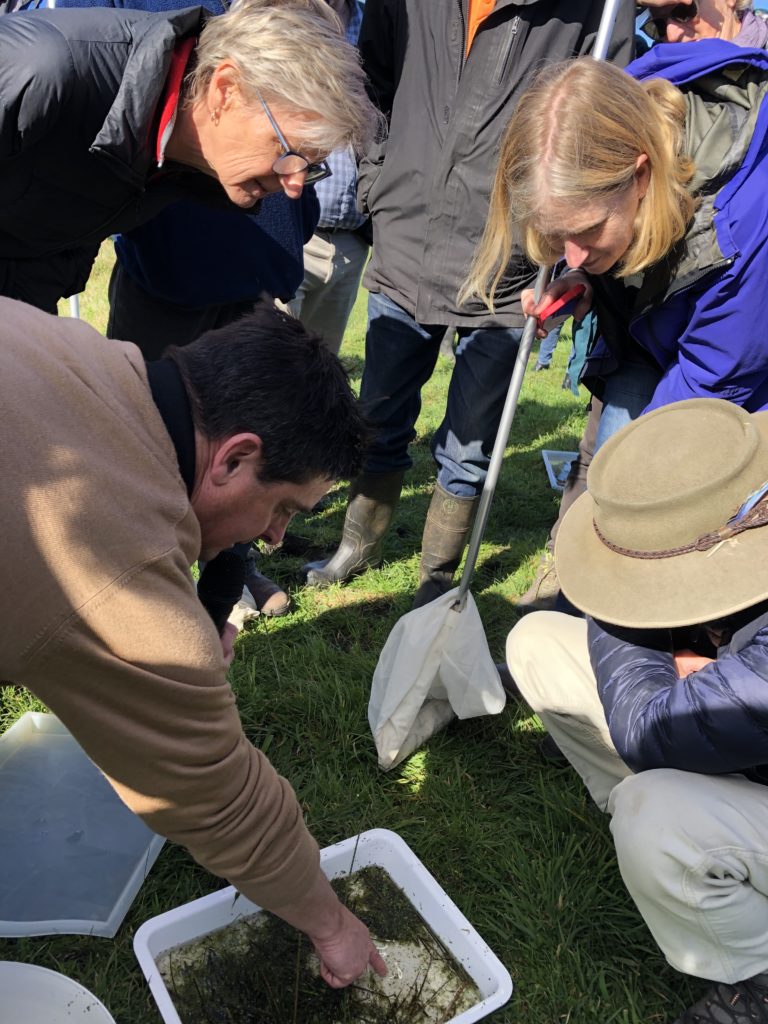
Left and central photos in row above and page header photo courtesy of Food & Fibre Gippsland.

Dr Phil Poulton said that providing stock with clean water from fenced off dams virtually eliminates the risk of stock and production losses caused by diseases like Salmonella and Leptospirosis and toxic blue-green algae. It also prevents animals dying or getting injured from drowning or being stuck in mud.
South Gippsland Landcare Network (SGLN) is leading the Green Dams Project, with sponsorship from Food & Fibre Gippsland under the Victoria Drought Resilience Adoption and Innovation Hub. Deakin University is a partner in the Vic Hub. This project also received funding from the Australian Government’s Future Drought Fund.
For more information contact Cassie Wright, cassie@sgln.net.au, 0448 739 559.
